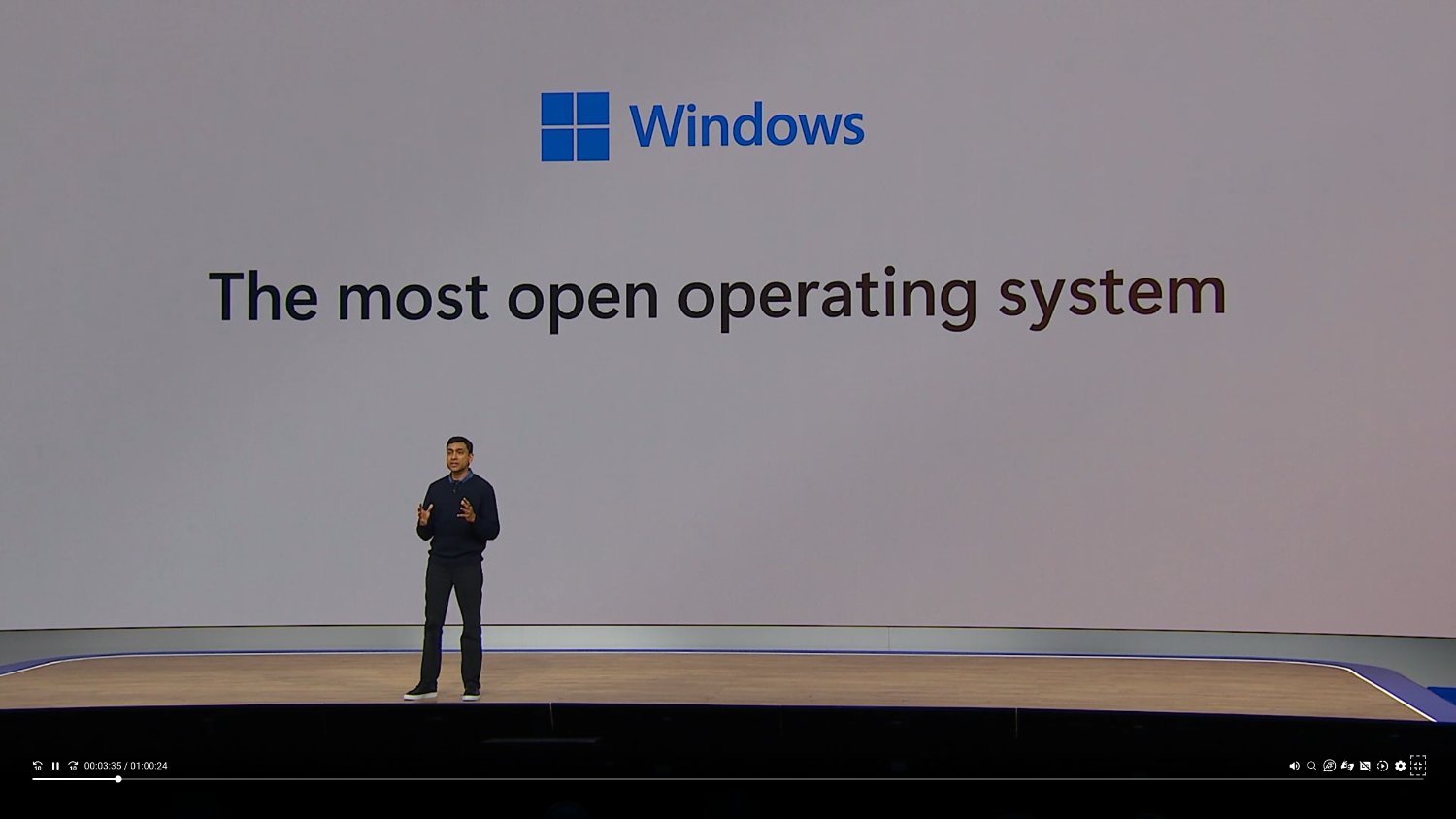

One thing that makes a project good is knowing what it does, I’ve seen quite a few projects where they talk about all the features and technology and how to configure it but not a word about what it actually does, what problems it solves and so on.
I won’t self host your program if you don’t even tell me what it does, don’t make me search and clue together large parts of the documentation just to find if I want it. A simple explanation is enough but somehow I’ve seen quite a few programs that don’t have it.



And so, the problem wasn’t the ai/llm, it was the person who said “looks good” without even looking at the generated code, and then the person who read that pull request and said, again without reading the code, “lgtm”.
If you have good policies then it doesn’t matter how many bad practice’s are used, it still won’t be merged.
The only overhead is that you have to read all the requests but if it’s an internal project then telling everyone to read and understand their code shouldn’t be the issue.